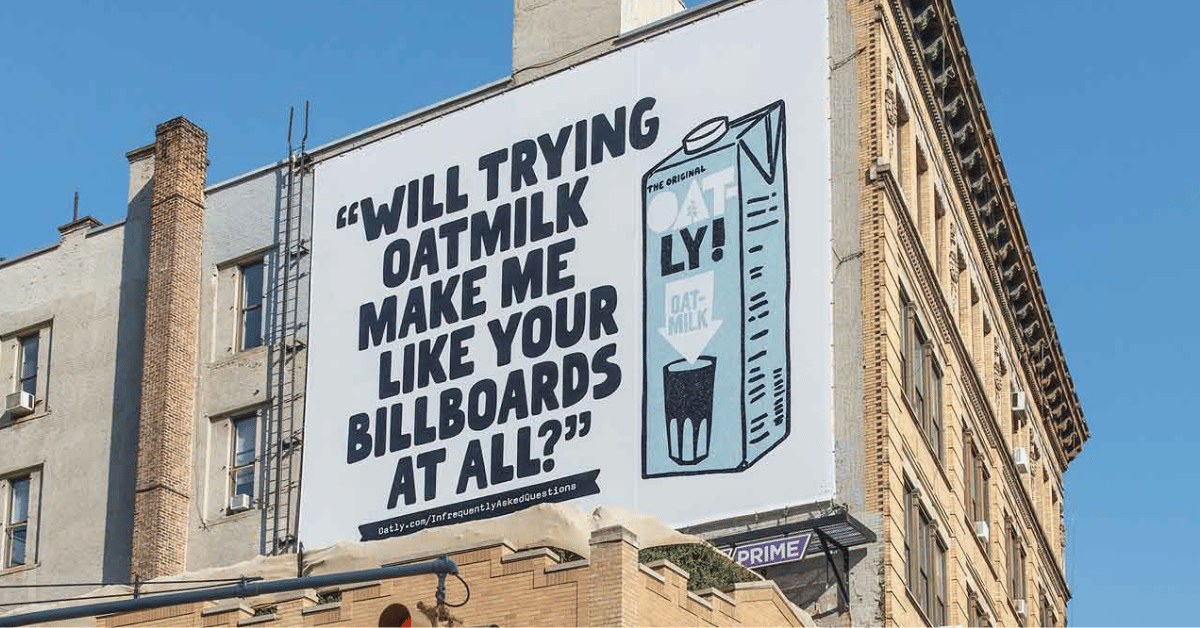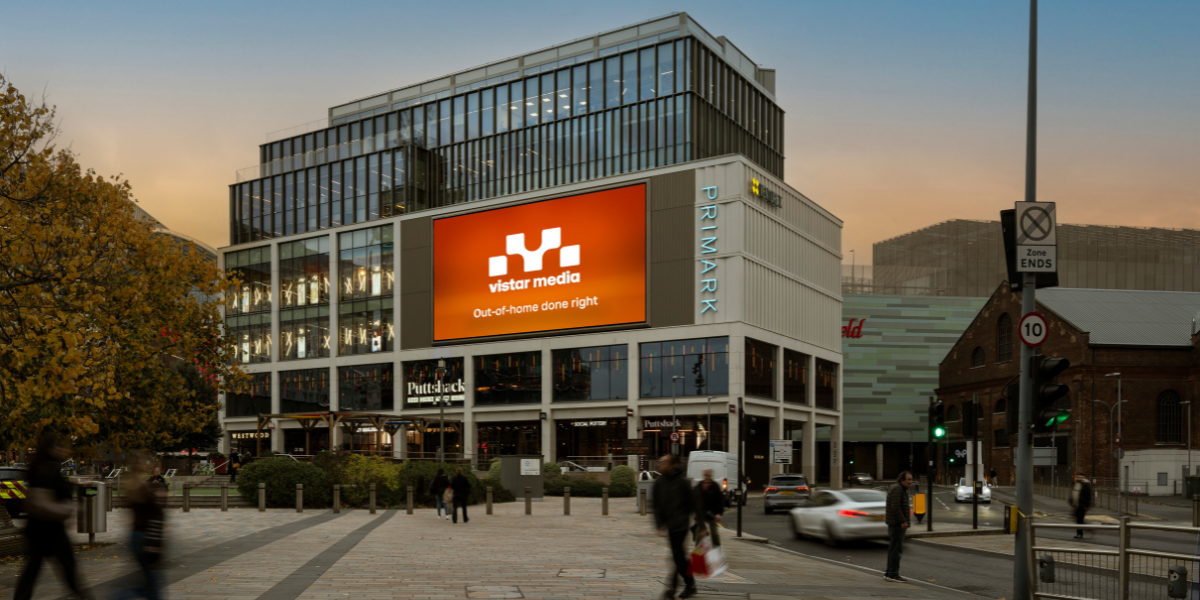
By 2030, Gen Z is expected to hold $12 trillion in global spending power, requiring brands to rethink how they show up. This isn’t just the next wave of consumers—it’s one of the most influential generations we’ve seen to date. As digital natives who’ve grown up swiping, scrolling and skipping, they’ve developed a distinct set of preferences when it comes to how they want to be marketed to and how they don’t.
In a recent Vistar Media-led survey and focus group with Gen Z, we asked this audience what stands out to them, what earns their trust and what gets ignored. The results offered valuable insight for marketers navigating a crowded landscape: Gen Z isn’t anti-advertising, they’re just more selective than other generations.
They’re fluent in ads and know when they’re being sold to
Gen Z has grown up surrounded by advertising and can spot a sales pitch instantly. But that doesn’t mean they reject it outright. In fact, nearly 1 in 3 respondents (27.5%) said they trust ads more when they feel like content rather than traditional marketing, reinforcing that tone and delivery matter just as much as the platform. That number climbs even higher when storytelling and peer reviews are involved, pointing to a generation that craves authenticity and reliability over polish or perfection.
What this means for marketers: Instead of aiming for “thumb-stopping” moments, focus on relevance, tone and cultural fluency. Whether it’s a clever TikTok or a well-placed billboard, Gen Z is more likely to respond to creative that feels like it was made with them in mind—not just targeted at them.
Not all targeting is created equal
Gen Z values authenticity, but not at the expense of privacy. This generation is more cautious about how their data is used, and nearly half report using ad blockers, reflecting their growing resistance to interruptive or overly personalized advertising. The issue isn’t targeting itself, it’s how it’s done.
Relevance makes a difference. In the focus group discussion, a participant shared that seeing an ad for PacSun jeans while browsing for denim didn’t feel invasive, it felt timely and helpful. The ad aligned with what they were already thinking about, showing that personalization can work when it supports an existing intent. But when ads show up repeatedly out of context, the effect can backfire. What once felt relevant can quickly become annoying, eroding trust rather than building it.
What this means for marketers: Context is everything. Gen Z is open to personalization when it adds value in the moment, not when it feels like surveillance. Lean into contextual relevance rather than data overreach to earn trust and engagement. Gen Z wants transparency and respect, not retargeting overload. Ads that show up in relevant, context-aware moments—without mining personal data—are more likely to build brand equity.
They trust people more than platforms
It’s no surprise that word of mouth and peer recommendations ranked among Gen Z’s most trusted sources for discovering new products. But what stood out was how much emphasis they placed on conversation. Whether it’s a friend sending a link, a creator sharing a personal take or a cultural moment that sparks dialogue in real life, Gen Z puts more stock in shared experience than in a brand’s own message.
What this means for marketers: Be part of the conversation, but don’t dominate it. Gen Z gravitates toward brands that feel like they belong in their world, not ones trying to break into it.

The role of out-of-home in Gen Z’s marketing mix
Despite being hyper-connected, Gen Z is still living in the real world—walking to class, riding the subway, scanning city streets. That’s where out-of-home (OOH) advertising earns its place in the mix. In fact, billboards ranked just behind TikTok as the most memorable ad format in our survey. And when asked about where they’d seen a great ad recently, billboards topped the list.
Large-format OOH appeals to Gen Z’s visual sensibility, and its one-to-many nature offers a shared experience that’s increasingly rare in today’s one-to-one digital ecosystem. A striking billboard becomes something to talk about, send to friends or spot again later in a new context. It’s not invasive, but it’s present.
OOH also has the power to reinforce brand perception. Premium placements in high-traffic areas suggest legitimacy. Gen Z respondents even shared that when certain brands lean too heavily on digital ads, it can cheapen how they’re perceived. OOH becomes a primer for the brand—building brand familiarity and planting the seed for future decisions, whether that’s buying that new drink or finally clicking “add to cart.”
What this means for marketers: Think of OOH not as a standalone push, but as a way to connect the dots across brand experiences. When paired with smart digital, in-store or creator strategies, it helps build a brand’s physical presence and emotional footprint.
The creative that sticks goes beyond the feed
Reaching Gen Z in the real world is one thing, but making them remember your message is another. For OOH to truly resonate, the creative has to capture attention and stay with them long after they’ve walked past. The ads Gen Z remembers are the ones that resonate emotionally, visually or culturally.
The long-running Got Milk? campaign paired celebrities with a distinctive, consistent look, creating lasting cultural recall. Calvin Klein did the same with its stark black-and-white portraits. More recently, CeraVe struck gold with its absurdist Michael Cera teaser campaign, leaning into meme humor and irony to generate online buzz and speculation even before the full campaign launched.
And sometimes, weird works. David Protein’s “baked cod” billboard wasn’t flashy, but its simplicity and randomness made it viral. In a cluttered media landscape, ads that are bold, self-aware and unapologetically strange often cut through better than the overly polished.

So what should brands do?
For all the nuance Gen Z brings, the approach doesn’t need to be complicated. Speak to their values while also respecting their privacy. Make creative that feels intentional and relevant, while also using the right channels for the right message. And most importantly, show up where they can—online, on the street and in culture.
OOH isn’t the only answer. But when used right, it’s one of the few places where Gen Z pauses, notices and shares what they’ve seen. And in a generation fueled by community, conversation and culture, that can make all the difference.
%20(1).png)


